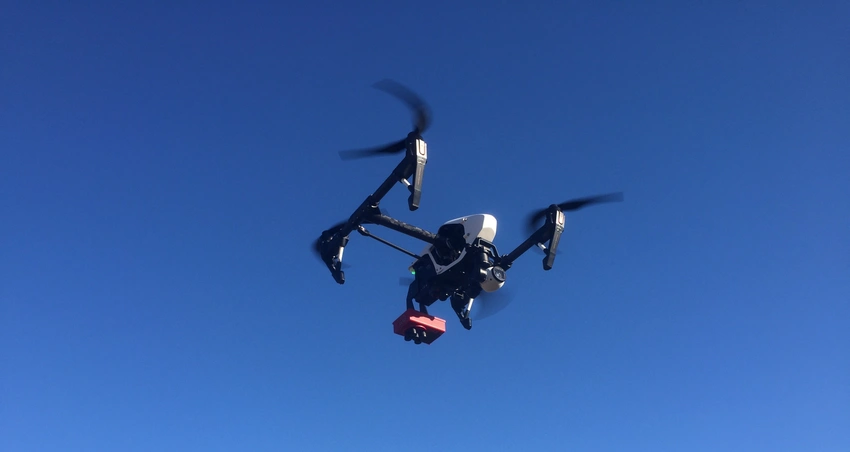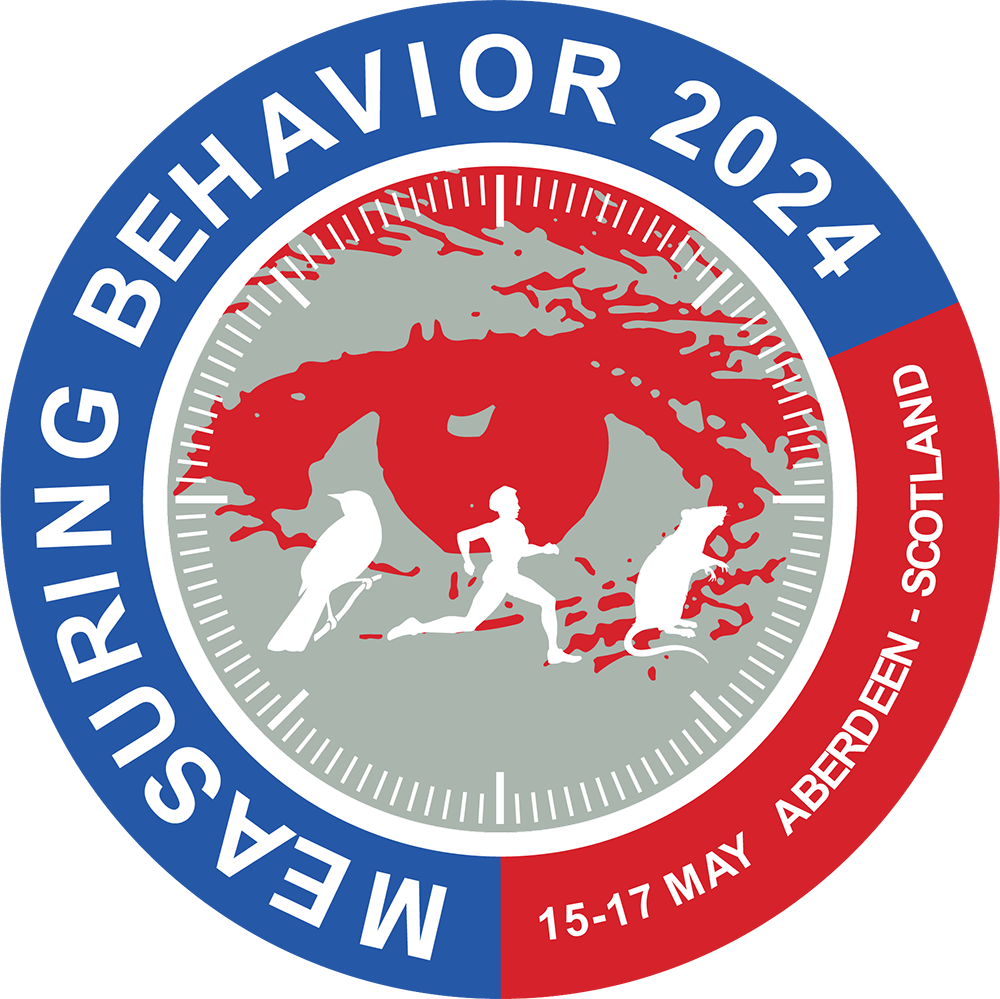This general session is spread over two sub-sessions. The first is on Monday 15th 11:10 – 12:30 and the second on Friday 17th 11:30 – 12:20, both in Meeting Room 5.
Technology for Measuring Behavior (A), Monday 15th May, Meeting Room 5
Chair: Andrew Spink
11:10 – 11:30 Poja Shams – Monitoring Work Stress: The Role of Physiological Measures in Enhancing Workplace Well-being
The SWEA (Stress-Work-Emotion-Algorithm) Toolbox, a novel tool for real-time stress monitoring in workplace settings, was piloted in a healthcare environment. Combining the Empatica E4 wristband for Electrodermal Activity (EDA) measurement with a user-interactive diary method, it enabled healthcare workers to record over 100 stress events. SWEA’s innovative approach integrates physiological data with contextual user feedback, offering a comprehensive and objective analysis of workplace stress, demonstrating its potential as a pivotal tool in stress management research.
11:30 – 11:50 Jennifer Lumetzberger – From Bees to Prisons in Computer Vision: Lessons for Recording Behavior in the Real World
When analyzing the behavior of human and non-human animals, relying only on manual observation can be tedious and might influence the subject’s natural behavior. Computer vision techniques can present an alternative, allowing behavior to be recorded for subsequent image analysis. This paper presents technical, environmental, and ethical factors essential for vision-based data recording in the real world. To illustrate these factors comprehensively, we present three use cases from our research.
11:50 – 12:10 Jeanette Hadaschik – Implementing Behavioural Decision-Making Tasks into Virtual Reality environments
This talk presents a proof-of-concept study which implemented two behavioural decision-making tasks in two immersive Virtual Reality (VR) environments to investigate risk-taking and delay discounting under the influence of socio-environmental cues. Implementing behavioural tasks in VR environments can allow to investigate the effect of cues on decision-making and can improve ecological validity and open up new research areas.
12:10 – 12:30 Bénédicte Batrancourt – Rest activity pattern as behavioral marker of apathy in patients at home using sensors.
The overarching aim of this study is to define behavioral profile based on rest-activity rhythm and patterns, in patients living with dementia at home.
The primary objective is to investigate accelerometer-measured rest–activity rhythm (RAR) amplitude and other sensor-based data to provide digital behavioral markers of apathy in dementia. Additionally, we aim to explore the relationship between the patient’s level of apathy and the perceived burden and quality of life reported by the caregiver.
Technology for Measuring Behavior (B) Friday 17th May 11:30 – 12:10
Chair: Robyn Grant
11:30 – 11:50 John Church – Effectiveness of zoom equipped drones for use in reading livestock ear tags for animal identification.
Predicting how zoom capabilities of commercially available drones being deployed for animal behavior studies will perform can be difficult, as marketing materials do not necessarily reflect real world performance. Drone models were assessed using a veterinary bovine head model to determine their ability to read various colored livestock ear tags. Drones are now capable of reading livestock ear tags at distances equivalent to binoculars in terms of discerning numbers printed on livestock ear tags.
11:50 – 12:10 Michael Florea – Towards deep physiology in home cage: AI and sensor cages for multi-animal whole-body health testing
Traditional behavior and physiology testing is laborious and stressful. Current home-cage-based systems are limited to one animal or a few metrics. To achieve multi-modal health testing in home cages of group-housed mice, we engineered a smart cage (DOME), that integrates video tracking, sensors and AI to estimate 15 metrics of health. Prototype DOMEs enable precise tracking of individual animals and identification of age-related changes in at least 8 metrics, demonstrating feasibility of multi-modal home-cage testing.

 Measuring Behavior
Measuring Behavior